Competitive intelligence plays a pivotal role in the success of any business, particularly for small enterprises aspiring to grow and expand their market presence. Today, marketing professionals must have access to powerful competitor research tools that provide valuable insights to stay ahead of the competition.
As you read on, we’re going to be looking at the various competitor research tools that are available to marketing professionals and guide them on what to look for when choosing the right tool. We’ll also explore the advantages and disadvantages of these tools, and then recommend an all-encompassing solution for competitive research.

What Are Competitor Research Tools?
Competitor research tools are specialised software applications and platforms designed to help marketing professionals gather, analyse, and interpret data about their competitors. These tools provide critical information that aids businesses in making informed decisions, understanding market trends, and identifying potential opportunities and threats.
When looking for a competitor research tool, marketing professionals should consider the following key features:
Comprehensive data coverage: An effective tool should provide extensive coverage of competitors across various channels, including websites, social media, advertising, and more.
Real-time monitoring: Real-time updates ensure that marketing teams can react swiftly to changes.
Advanced analytics: Powerful data analytics capabilities enable marketers to gain deeper insights into competitor strategies and consumer behaviour.
User-friendly interface: A user-friendly platform is essential for easy navigation and efficient use of the tool’s functionalities.
Customisable reports: The ability to generate customisable reports helps marketing professionals share relevant information with stakeholders.
What To Look For In A Competitor Research Tool?
Marketing professionals have distinct requirements when it comes to competitor research tools. Here are the 6 key aspects they tend to look for:
Competitor website analysis: An ideal tool should allow marketers to scrutinise competitor websites thoroughly. This analysis includes assessing the competitor’s website design, user experience, content strategy, and the presence of any special offers or promotions.
Social media monitoring: Social media has become an integral part of marketing strategies. Thus, marketing professionals seek tools that can track competitors’ social media activities, engagement metrics, and follower growth.
Keyword and SEO analysis: Understanding the keywords and SEO strategies used by competitors helps businesses optimise their own content and improve search engine rankings.
Content performance: Tools that provide insights into competitors’ content performance, including blog posts, articles, and videos, help marketing teams identify successful content strategies.
Advertising intelligence: Accessing data on competitor advertisements, including ad copies, keywords, and landing pages, assists in fine-tuning advertising campaigns.
Pricing and product analysis: Examining competitor pricing and product offerings enables businesses to position their products competitively in the market.
The Advantages & Disadvantages Of Competitor Research Tools
Competitor research tools offer major advantages for businesses striving to thrive in competitive markets. These tools provide a comprehensive understanding of competitors’ strategies content performance and more; therefore, enabling businesses to refine their own approaches, identify untapped opportunities and set realistic benchmarks for success.
However, it’s essential to recognize that competitor research tools may have some limitations, such as the potential for incomplete or outdated data, and the need for human analysis and interpretation to translate the insights into actionable strategies.
By leveraging the strengths of these tools while being mindful of their drawbacks, businesses can harness their potential to gain a significant competitive edge.
The Advantages
In-depth analysis: Competitor research tools offer comprehensive insights into competitors’ strengths, weaknesses, and overall market positioning.
Identifying opportunities: These tools help marketing teams identify untapped markets and potential gaps in the competitor’s offerings.
Benchmarking: By comparing their performance with competitors, businesses can set realistic goals and benchmarks for improvement.
Improved decision-making: Data-driven insights from these tools empower marketing professionals to make informed decisions and develop effective strategies.
The Disadvantages
Data Accuracy: The accuracy of the information provided by these tools can vary, and sometimes manual verification is necessary. The information might be outdated or incomplete, and therefore necessitate additional resources and manpower.
High costs: High-quality competitor research tools can be expensive, especially for small businesses with limited budgets.
Steep learning curve: Some tools may have a steep learning curve, requiring time and resources for team members to master their functionalities.
Why Your Business Should Consider Competitor Research Tools
Investing in the right competitor research tool is a crucial step towards achieving business growth and success. By utilising these tools effectively, marketing professionals can uncover valuable insights, identify market opportunities, and develop strategies that give their business a competitive advantage.
Whether it’s monitoring competitors’ website performance, analysing social media strategies, or tracking advertising campaigns, these tools offer a wealth of information that can significantly impact decision-making.
As technology and data analytics continue to advance, the competitive landscape will become even more dynamic. Therefore, staying updated with the latest tools and trends in competitor research is vital for marketing professionals to remain competitive in their industries.
Leading Competitor Research Tools To Consider
These competitor research tools offer a wide array of functionalities and insights that can significantly enhance a marketing professional’s ability to understand their competitors, identify opportunities, and develop effective strategies to excel in the competitive landscape.
SEMRush
Ahrefs
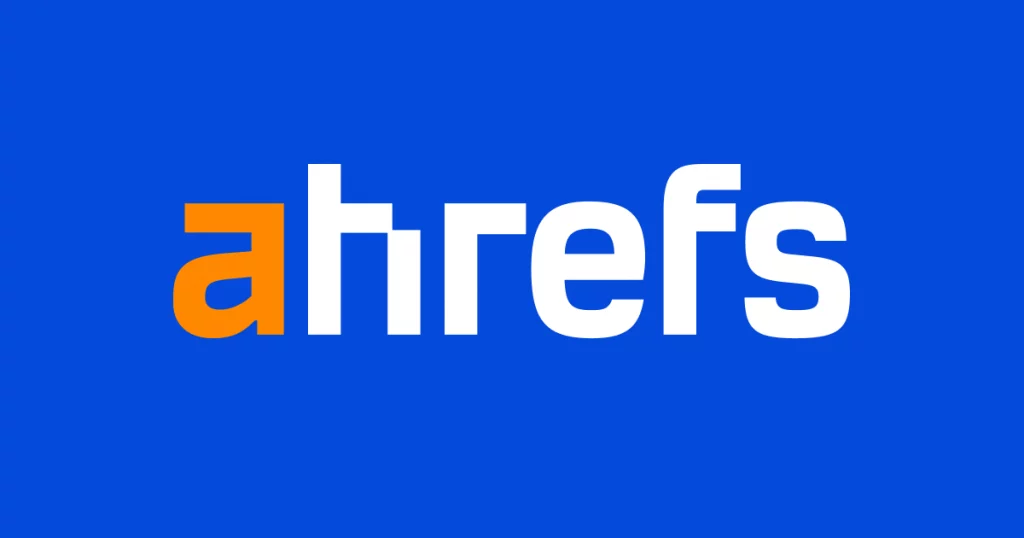
Ahrefs is a popular tool for backlink analysis and keyword research, providing valuable insights into competitor link-building strategies and helping marketers optimise their SEO efforts.
SimilarWeb
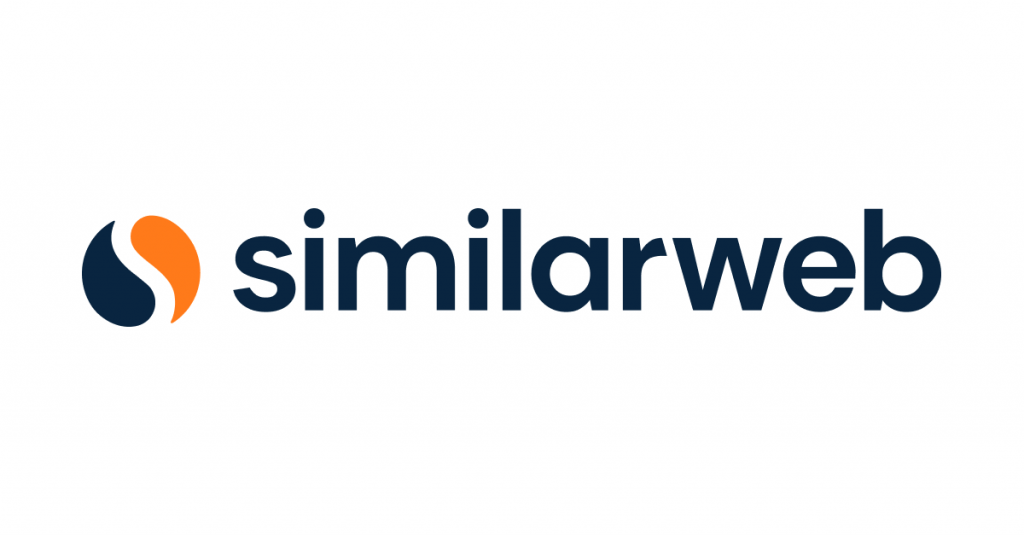
SimilarWeb offers web traffic and audience analysis for competitor websites, helping businesses gain a deeper understanding of their digital presence and consumer behaviour.
SpyFu
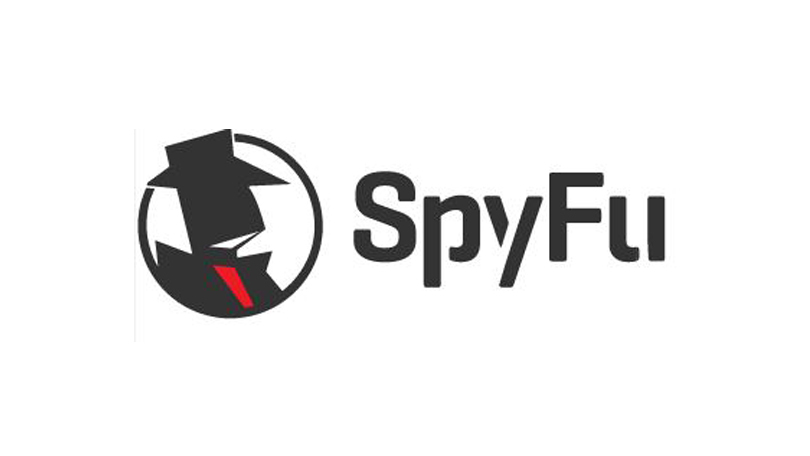
Focused on search engine marketing, SpyFu allows marketers to analyse competitor keywords, ad campaigns, and performance metrics to enhance their own search advertising strategies.
BuzzSumo
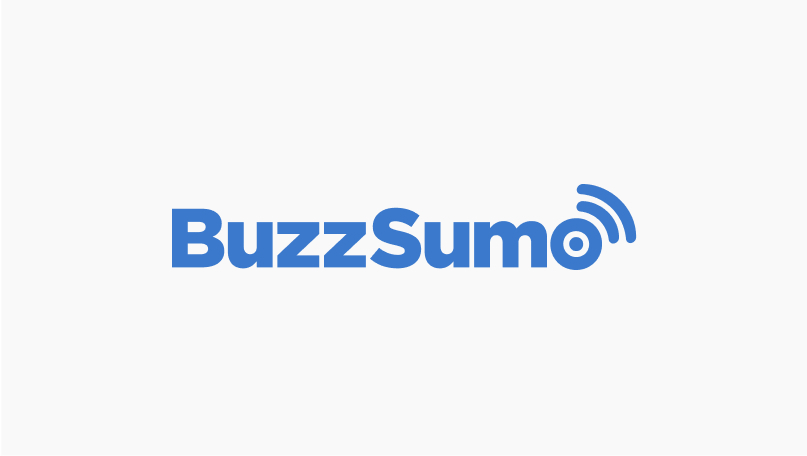
Ideal for content teams, BuzzSumo helps identify popular content in a specific industry and monitors competitors’ content performance, enabling businesses to create more engaging and shareable content.
Owletter

A useful tool for monitoring competitors’ email marketing campaigns, Owletter allows marketing professionals to stay updated on their email strategies and gain inspiration for their own campaigns.
WatchMyCompetitor – The All-Encompassing Solution
Among the array of competitor research tools, WatchMyCompetitor (WMC) stands out as an all-encompassing solution for competitive research. One of the core strengths of WMC is the utilisation of experienced analysts in curating competitors’ data and delivering the intelligence directly onto users’ dashboards. Therefore, greatly reducing the above mentioned issues of data accuracy and steep learning curve.
Furthemore, WMC also offers a wide range of features that cater to marketing teams, content teams and business development managers. Some key features of WMC include:
Multi-channel monitoring: WMC monitors competitors across websites, social media platforms, online advertisements and more, providing a holistic view of their activities.
Real-time alerts: With instant updates, marketing professionals can react swiftly to competitor moves and industry changes.
Advanced analytics: WMC’s data analytics capabilities offer in-depth insights into competitor strategies and trends, enabling effective decision-making.
Customisable reports: The tool allows users to generate tailored reports to share valuable information with stakeholders and team members.
User-Friendly Interface: WMC is designed with an intuitive interface, making it easy for users to navigate and leverage its functionalities effectively.
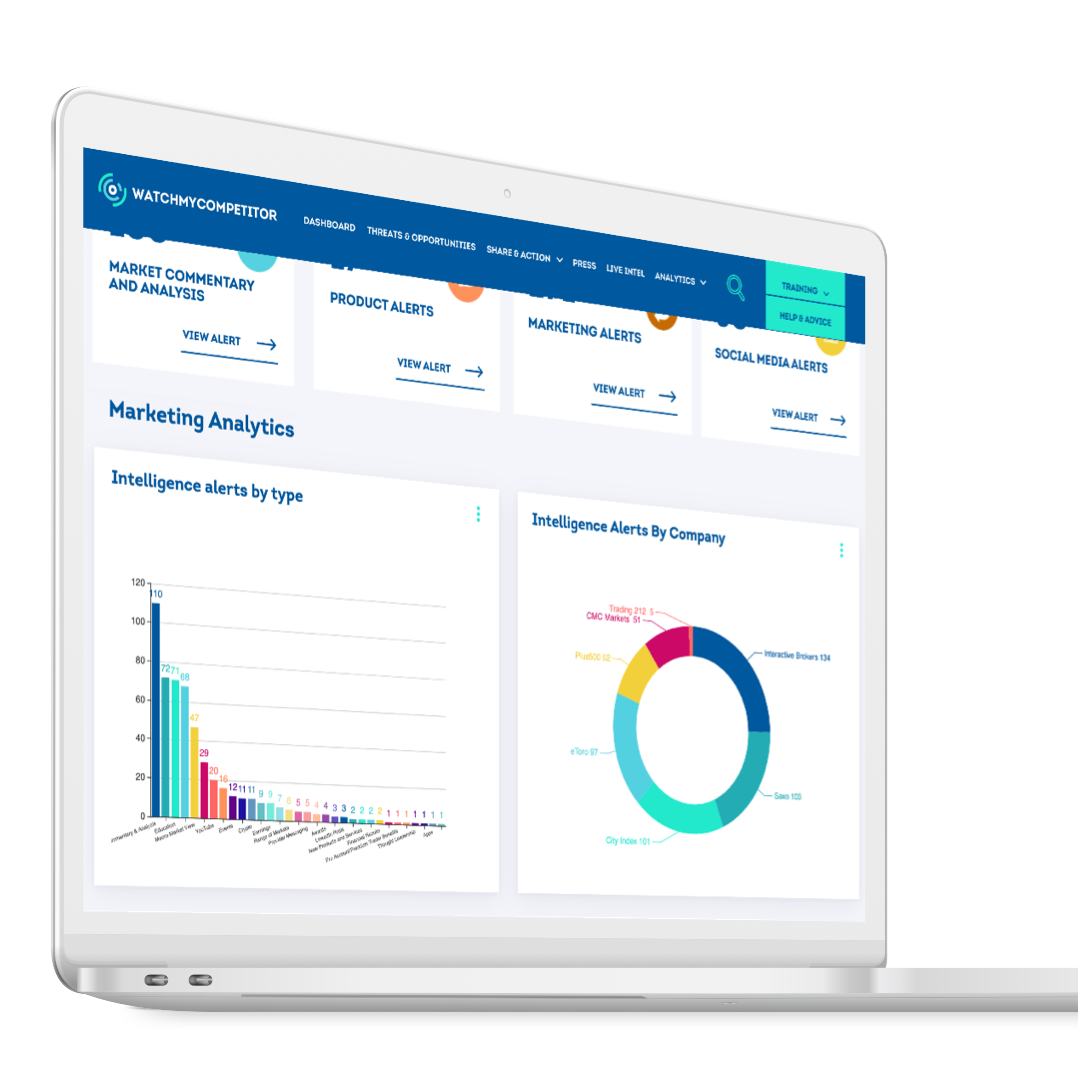
Final Thoughts
Competitor research tools are indispensable for marketing professionals seeking to gain a competitive edge in their industry. Choosing the right tool involves considering factors such as data coverage, real-time monitoring, analytics capabilities, user-friendliness, and customisable reporting.
While various competitor research tools offer unique features, WatchMyCompetitor (WMC) emerges as a comprehensive solution that addresses the needs of marketing teams, content teams, business development managers, and beginners alike. By harnessing the power of competitive intelligence through WMC, businesses can make informed decisions and stay ahead in today’s dynamic market landscape.
With a plethora of options available, marketing professionals now have the tools they need to thrive in the competitive world of business. As a marketing professional or business owner, taking advantage of these competitor research tools and harnessing the power of competitive intelligence can pave the way for future success and growth.
So, dive into the world of competitor research, equip yourself with the right tools, and gain the competitive edge your business deserves.
Competitor Research Tool FAQs
1) Can competitor research tools reveal all competitor data?
Competitor research tools provide data based on publicly available information. While they offer valuable insights, they may not capture competitors’ proprietary data, non-public strategies, or offline activities. As a result, it’s essential to complement tool-generated data with other sources and human analysis for a more holistic understanding of competitors.
2) How accurate and up-to-date is the data provided by these tools?
The accuracy and freshness of data depend on the competitor research tool’s web crawling frequency and sources. Reputable tools strive to provide the most current data, but the dynamic nature of the internet can cause slight time lags in data updates. Users should consider the tool’s data sources and how frequently it refreshes information when interpreting results.
3) Are competitor research tools easy to use?
Competitor research tools vary in complexity, but many are designed to be user-friendly, even for individuals with limited technical knowledge. They often offer intuitive interfaces, pre-built reports, and visualisations for easy comprehension. Some tools may also provide tutorials or customer support to assist users in navigating their features effectively.
4) What are the limitations of competitor research tools?
Competitor research tools may have limitations, such as potential incomplete or outdated data due to their reliance on publicly available information. The tools’ automated analysis might lack human context and interpretation, necessitating the need for users to interpret data carefully.
Furthermore, competitor research tools might not capture non-public or offline strategies, requiring supplementary data sources and expert analysis.
5) Can competitor research tools replace human analysis?
While competitor research tools provide valuable data and insights, human analysis remains crucial for interpreting context, understanding competitors’ motives, and formulating actionable strategies. The human element complements the data-driven insights from the tools, enabling businesses to make informed decisions effectively.


